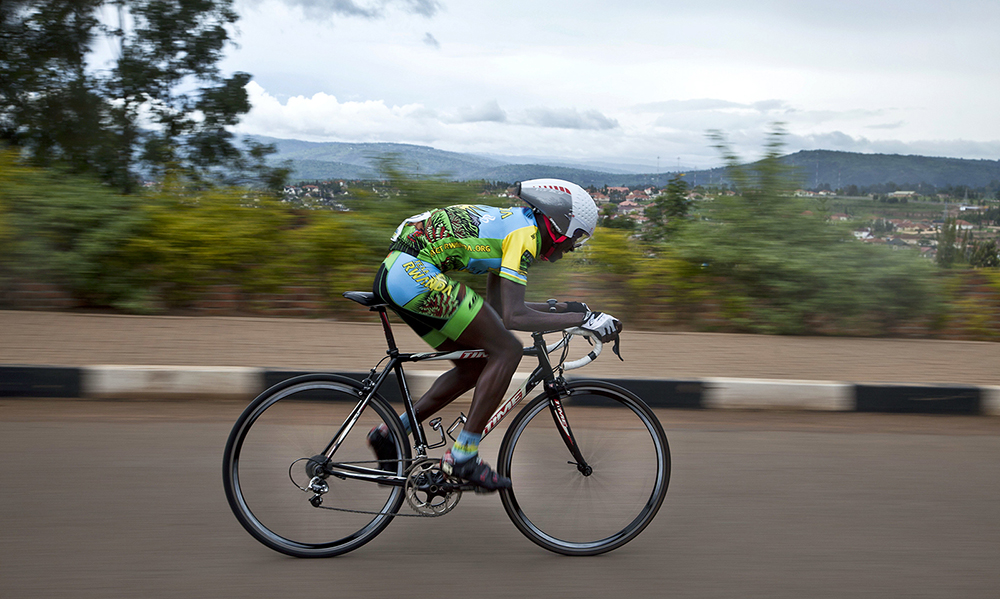Trials

Trials is one of the most exciting and spectacular UCI cycling disciplines. Unlike other types of cycling disciplines, Trials is a sport where the main factors are the stability and the control of the bike in extreme situations where speed also plays an important role.
Whether it takes place in the forest or in the city, the sport is practiced around the world by children as young as 5 years old through to adults over 40 years of age.
The objective of this sport is to get over obstacles grouped into sections, without setting foot on the ground or any part of the bicycle (only the wheels) touching the ground as this incurs penalties. After negotiating a series of sections, the rider who has the fewest penalty points is declared the winner.
The most common wheel sizes used in the Trials discipline are 18, 20, 24 and 26 inches.
The following categories are officially recognized by the UCI:
o Class 20” (wheel size between 18” to 23”)
o Class 26” (wheel size between 24” to 26”)
o Class Open (free choice of wheel size, between 18” and 26”)
Other Trials specialties
1) Street Trials
The last few years have seen a revival of the Trials discipline, with strong influences from freestyle and urban Trials. A new trend is developing in the cities.
As its name indicates, this variant of trials takes place on the street using features found in an urban environment. A more fluid variation, it encompasses the same skills as competitive Trials competitions: very precise control of the bike, jumps and balancing on very narrow obstacles.
Riders use props such as walls, railings, or any object which they can get on and off of with their bike in order to carry out a sequence of figures and stunts.
2) Speed Trials
A two-rider race against time. On a short (about 10 – 15m long) and symmetric track full of obstacles, two riders take the start, the first to prevail over all the obstacles is declared the winner.
3) High jump contest
Riders must attempt to jump over a bar placed at a measured height with their bicycles, and this without knocking off the bar. Speed is not used during the attempt. Top riders manage to jump over a bar placed at 1.40m.


